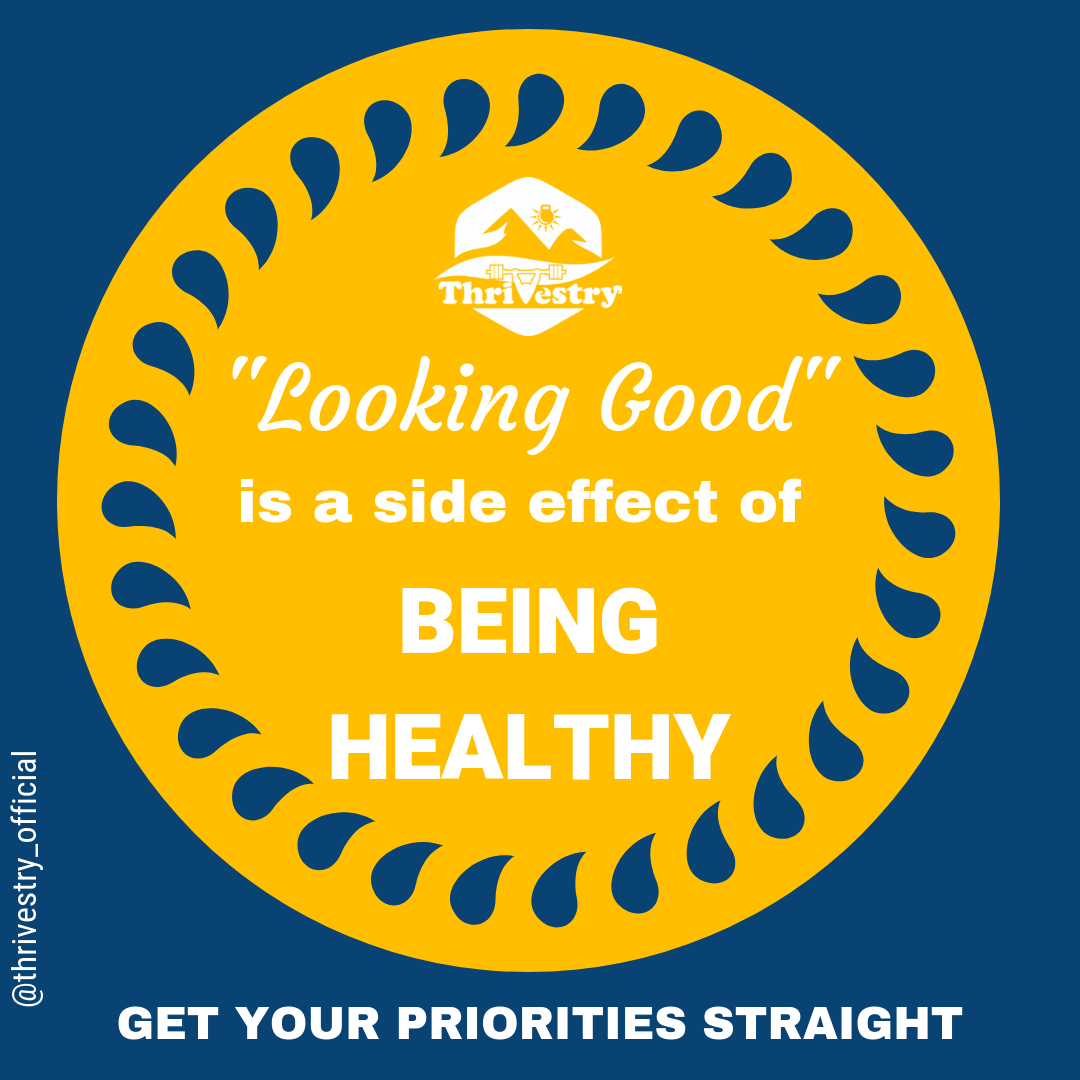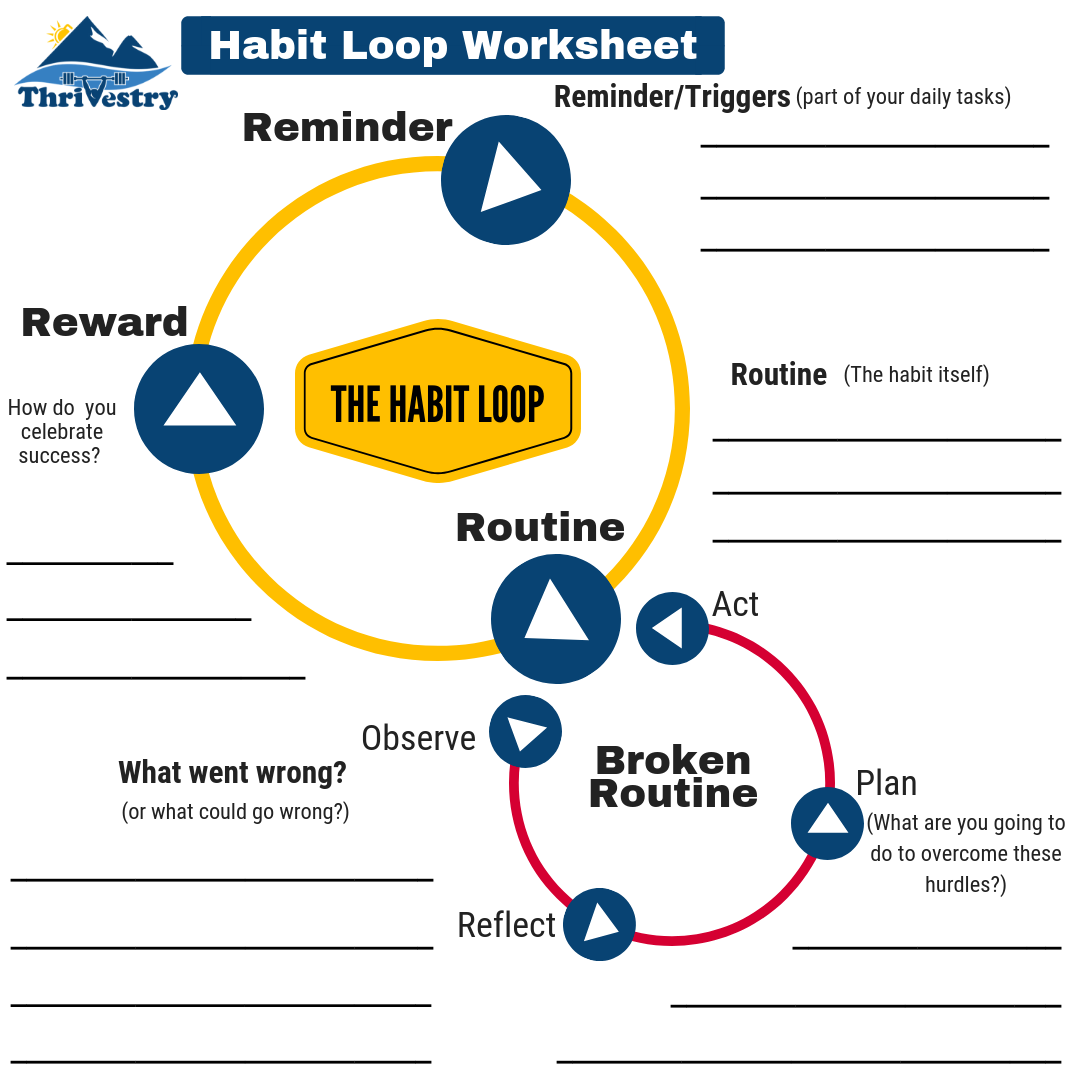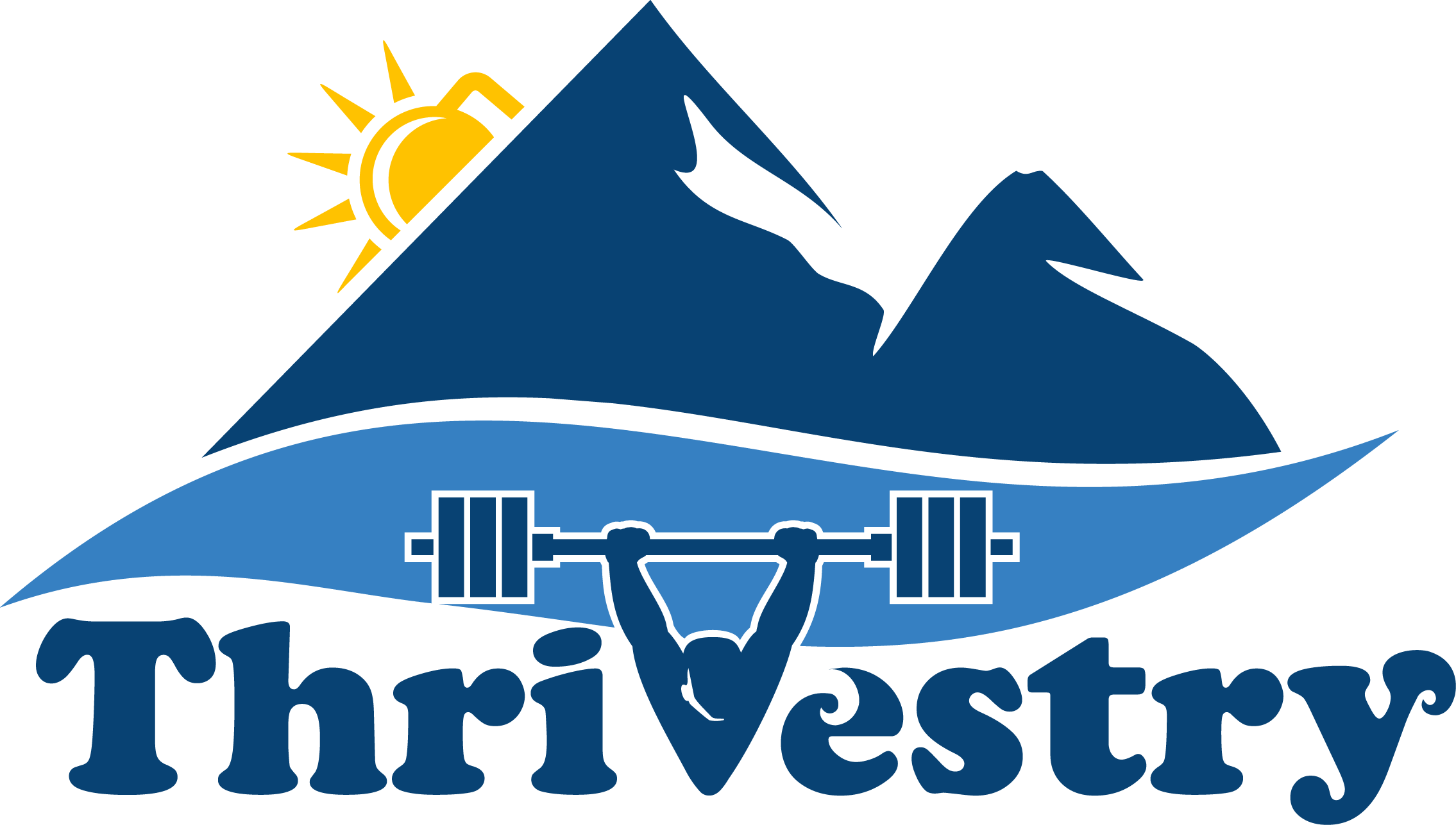5 Things to Avoid When Getting Back into the Gym After a Hiatus

You’ve been out of the gym for a while.
Maybe it has been a few weeks. Maybe it has been a few months.
Maybe… it has been years or a decade since you have trained or exercised consistently.
When starting back up after an extended break, there are some things to keep in mind to make the transition the most successful. Here are 5 things you should avoid (and what to do instead) when getting back to the gym
TL;DR... Avoid:
- Expecting it to feel the same as when you left
- Changing your diet drastically at the same time
- Looking at the scale too soon
- Getting frustrated with the lack of progress
- Comparing yourself to others
Read on for what you should do instead!
Mistake #1: Expecting it to feel the same as when you left
Our brains aren’t good at judging how hard something is after a long hiatus. We’ll remember our ‘glory days’, but we have no idea how far we have slid.
Exercise makes it even more complicated (especially in our 30s, 40s, 50s, and up). We may feel great in the moment. But if we go too hard the first few weeks back, we’ll pay the price the day (or three) after. The delayed onset muscle soreness (DOMS) will be severe (when you are sore two days after a tough workout). We also must acknowledge that tweaks and strains are more likely because our bodies aren’t the same as when we were training consistently.
Solution: Stay humble and be patient.
Approach every movement, every skill, every task or metcon, like you are a beginner, or you just woke up from a year long coma.
The goal isn’t to ‘crush yourself’. To ‘make up for lost time’. Or to ‘make it count’…
The goal is to show up and go through the motions.
Your body needs time to adjust to the new (old) routine. Scale reps and loads back to BELOW your old levels. Put your ego in check.
Going ‘extra hard’ now will not get you back to your old numbers any faster than being conservative (because you will get injured in the process if you go to hard).
Dial your workouts back so much that you feel ‘good’ afterward (as opposed to ‘crushed’). If you still feel good the next day, try to work out again on back to back days (or with a single day of rest in-between).
As you begin to stack your workouts and your body adapts (which could take a couple weeks up to a couple months), you’ll be able to start pushing yourself harder.
Be patient. The gains will come back faster than if you were starting from scratch!
Mistake #2: Changing your diet drastically at the same time
If you have been fairly sedentary, AND you haven’t been eating the healthiest foods, your body has probably gotten used to consuming a certain number of calories at a certain level of calorie burn.
If you try to simultaneously cut calories (by eating healthier) while upping your activity level (by working out 3-5 times per week), you are going to make your life much more difficult.
Your energy levels will plummet. You will be hungry often. Your willpower will be taxed. You will likely be more sore. Your sleep may even be affected!
Solution: Focus on adding healthy food, but keep your calorie deficits small
As opposed to cutting out all of the ‘bad’ stuff, try to ‘add’ healthy foods at every meal.
Make sure you eating protein at every meal. This will fill you up and you will be less hungry for ‘empty calories’.
The same thing goes for fruits and vegetables. You can still eat some of the ‘bad’ stuff, but if you are filling up on veggies, you won’t have as much room for the bad stuff (while simultaneously not feeling deprived of the foods you enjoy).
If you are going to watch your total calorie intake, start with cutting your calories by 10-15% (by reducing carb and fat intake) or less.
After a week or three, assess how your energy and hunger levels are. If your body is feeling good, dial back the calories another 10% or so (while possibly upping your training frequency).
After the second adjustment (usually around week 4-6), check the scale. Is it moving in the right direction? Gaining weight if you are building muscle, losing weight if you are reducing bodyfat.
More important than the scale: Are your clothes fitting differently or do you look different in the mirror/selfie? Adjust a third time if needed (according to your energy levels and how sustainable the diet is long term).
And that brings us to our third mistake…
Mistake #3: Looking at the scale too soon
After a long break (and adding more than a few pounds), it is tempting to look at the scale every day to validate your efforts.
The problem is that when you take a break from training (especially if your training consisted of lifting weights of some type), you probably lost muscle as well as gained fat.
As you start exercising again, there is a good chance you’ll be putting on muscle (if you are eating enough protein) as you burn some fat (if you are operating at a caloric deficit). This can make the scale go down slowly, not move at all, or even show weight gain!
This is especially true for consistent trainers who have had a short hiatus (like a quarantine or coming back from an injury).
The body will want to go back to its homeostasis (where it was at before the interruption). This return to homeostasis for consistent exercisers can mean a gain in muscle mass before a loss in body fat if you are eating the right amount of calories.
Looking at the scale too soon will mess with your head and possibly make you try more drastic measures.
You’ll see the scale staying the same (or going up), and you’ll start to freak out. You’ll try working out more or cutting calories more. Both of these things can be detrimental to your long term progress!
Solution: Only look at the scale after 4-6 weeks, then occasionally after
After about 4 weeks, things will begin to settle down.
How long your break was, your genetics, and how ‘off’ you were, will determine when the scale will start to move in the right direction. Most people will start to see positive changes after about 4-6 weeks.
That being said, the number on the scale is like figuring out the weather and what to wear based upon the temperature number alone.
If you don’t know if the sun is shining, if it is raining, how much snow there is, the humidity, if it is windy... the temperature by itself isn't enough data. It doesn’t give you enough information.
The scale is only important if your measurements, and clothes fit, is changing in the right direction.
Even better than checking the scale daily or weekly: Looking at it 2-4 times per year.
Lets be real… Unless you are a Horse Jockey or Professional Fighter, the amount of mass your body presses down on the earth (your weight) doesn’t really matter. What you are really trying to achieve is an aesthetic or performance level, and you have tied a number to that.
Work on training consistently, and eating better-than-before, means the scale will go in the right direction. There is no reason to check it every day.
Remember: Looking good is a side effect of being healthy.

Mistake #4: Getting frustrated with the lack of progress
The first 4-8 weeks of getting back into a routine is brutal.
This is different than someone starting from scratch. They have their own hurdles and problems.
When you are coming back from a relatively high level of performance, the ego (the voice in your head), becomes your worst enemy.
Every movement. Every workout. Every sore muscle after training… Becomes a reminder of how far you have fallen.
It is easier to avoid this reality than to face it. To let your ego tell you that you are still as good as you once were.
You don’t want to know how out-of-shape you have gotten. Your ego would rather you act like you are still just as ‘fit’.
Your ego is the enemy.
You must face reality and be patient with the process.
The good news is that it is easier to get back to your old numbers than it was to get to there in the first place…
Solution: Do not compare your current self to your old performances (yet)
Remember that it will take time to get back to where you were - and the goal, right now, is to just focus on routine and consistency.
Do not look at your ‘peak’ performances from your last year or two of training. It will only demotivate you as you get back into a routine.
Start from scratch and acknowledge the small wins. If you keep improving from week to week, you will eventually get back to your former glory.
It will happen faster than you think… if you stop comparing yourself to your old scores every single workout.
Mistake #5: Comparing yourself to others
Humans are always comparing themselves to others.
It is natural to look around the class (or online) and observe where you ‘place’ relative to your peers.
The problem is every person is different. Some people will have had the luxury of training consistently while you were forced to take a break or train with limited options.
Comparing yourself to others is more likely to make you feel ‘bad’ than it is to give you feedback about where you should be. It is more likely to force you train beyond your capacity than to help motivate you to be consistent and patient.
Solution: Focus on yourself
Avoid looking at what other people are doing in the class or posting to the whiteboard.
Focus on showing up and doing what is right for you.
After a month or two, you can start seeing where you are relative to your peers. If your ‘rank’ matters to you, you can start comparing yourself to those that are at your current level (rather than chasing the individuals that -used- to be on-your-level).
Today Is the Day…
Stop putting off your climb to your former glory (and beyond).
Stop avoiding the pain of acknowledging how far you have slipped.
Show up.
Put your ego in check.
And fall in love with getting better again.
Thrive on.
-jj
Please share this if you found it useful or if you think it might help someone else.
Here are a few other things you may find interesting:
"The Transition" a Tool For Getting Things Done and Building Habits

There is a moment in time that happens hundreds of times per day, and you never think about it.
There is no way to avoid it. Your life will be filled with them until you die.
We can use these moments to help us be more productive and build better habits.
5 Things You Can Do in the next Hour to Get Started on Your next Big Accomplishment

The problem with goals or resolutions is that they can be intimidating to start and demotivating to maintain
After choosing a goal/outcome and an end date, it is best to focus on the daily/weekly habits and routines that you need to do to get you there. Here are some ideas on how to get started and stay consistent...

0 comments
Leave a comment